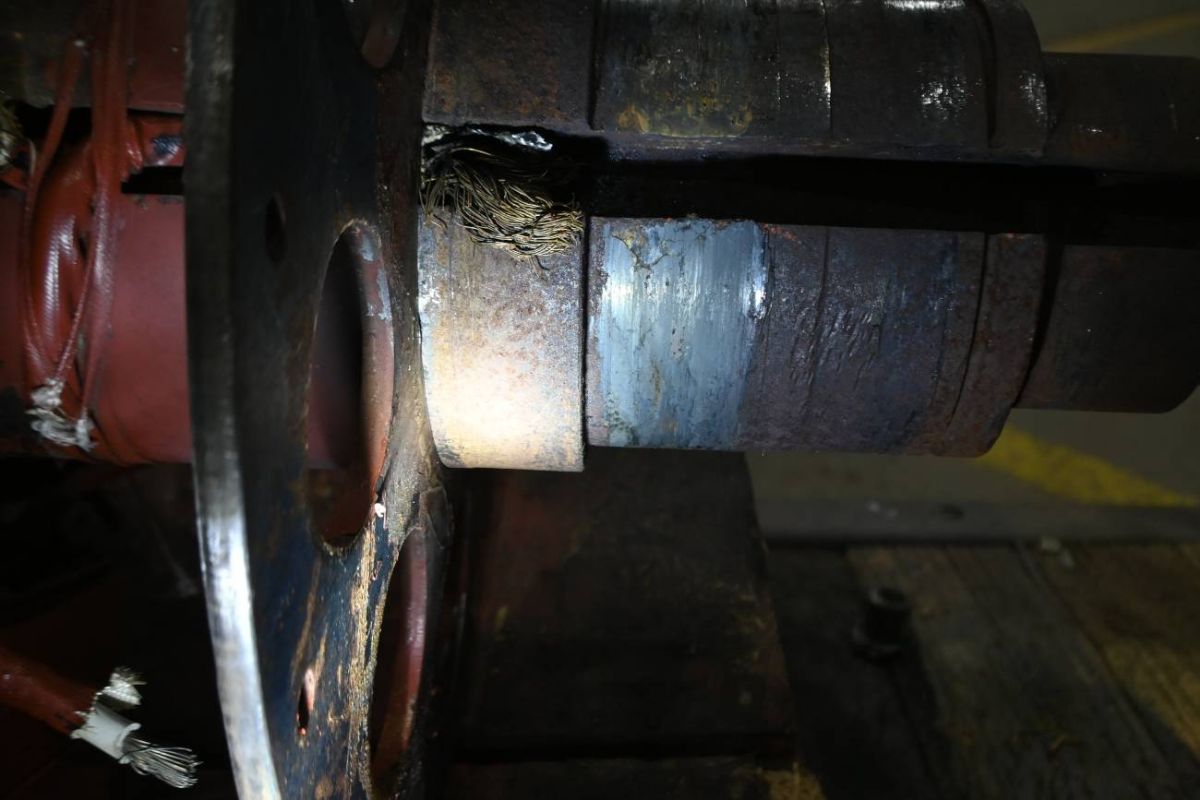Normally I sleeve shaft bearing fits, as I am not a weldor though I can stick like metals together reasonably strongly, though often ugly.
In addition, normally when a motor shaft comes in with this kind of crash, there is usually enough other damage to make repair not economical. This one seems to have been caught just in the nick of time where the electrical and other mechanical issues are still repairable.
My experience with trying to turn a welded shaft to a proper bearing fit has been fraught with frustration. There always seem to be hard and soft spots that machine to different sizes. The tolerance that I have to hit on this particular bearing size is only 0.0006" on diameter. Yes that is six ten-thousandths of an inch. We're splitting hairs here. (100 mm +.002 / +0.017, or 3.9371 to 3.9377 inches)
The primary question that I have here, is how to properly prep the shaft, and weld with what method. Also, if stick welding, what rod should be used, if wire feed, what wire, gas and other settings? I'll have one of the other guys who have more welding experience do the job, though they don't seem to have as much technical knowledge about material behavior.
The generator rotor shaft in question:


As you can tell, there is a bit of bearing material friction welded to the shaft. It is not nearly as bad as some that I've encountered, however.
 Win a FREE Membership!
Win a FREE Membership!